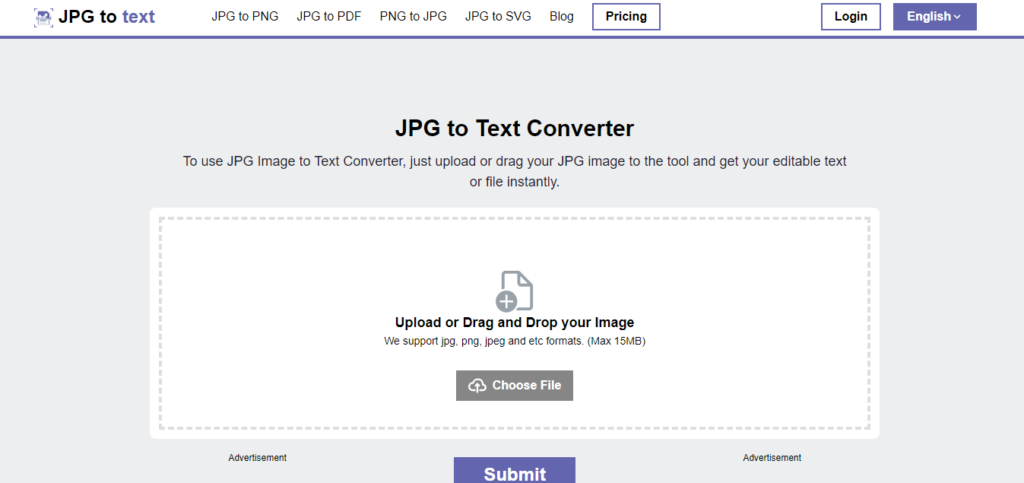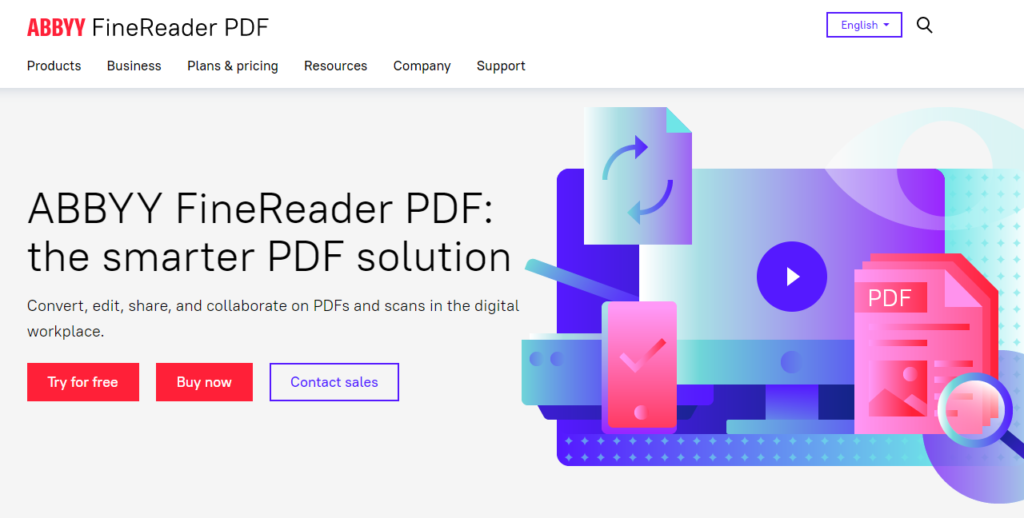
Drowning in a sea of paper? Do mountains of scanned files and handwritten notes haunt your dreams? Imagine a world where your documents unlock their secrets, transforming from static images into searchable, editable text. This is the power of Optical Character Recognition (OCR) conversion, and it’s ready to revolutionize your document management game.
Say goodbye to tedious manual data entry and hello to streamlined workflows. OCR breathes life into your paper archives, making them readily searchable, accessible, and editable. This unlocks a treasure trove of information, empowering you to find what you need instantly and leverage your data to make informed decisions.
Ready to unlock the hidden potential of your documents and elevate your document management expertise to the next level? Dive into the world of OCR conversion and discover a new era of efficiency, flexibility, and productivity. Let’s explore how this transformative technology can empower your business and unleash the full potential of your information assets.
What is OCR and Document Management?
OCR uses sophisticated algorithms to parse out text found inside digital photos or document scans. Hence, it efficiently draws out the text which makes it possible to search, edit, as well as share. On the contrary, document management refers to the methods, procedures, and tools utilized for keeping track of paperwork in a straightforward manner. The use of these two technologies enables a robust, seamless document workflow.
How Does OCR Enhance Document Management?
Implementing OCR within your document management system brings a multitude of benefits:
- Enhanced Searchability: Optical Character Recognition (OCR) converts documents into searchable text and hence helps in locating information within documents through keywords. Therefore, it minimizes page flipping by offering a quick search without losing any precious seconds or funds.
- Improved Efficiency: The process of OCR speeds up tasks involving documents like data entry, invoicing, and contracting. It greatly cuts manual work and human errors by automatically extracting and converting text, making it easier for staff to do meaningful work.
- Increased Accessibility: With OCR, one can have access to any document using a digital device irrespective of where they might be and even in case of disabilities. It also promotes teamwork and information exchange between organizations or units of the same firm.
- Reduced Storage Space: Electronic data storage in digital form occupies much less space than paper storage in physical forms. Thus, it saves space in offices and expensive document storage facilities.
- Enhanced Security: Digital documents are much simpler to store and protect them compared with physical ones. Document Security is made stronger through OCR which makes it harder for unwarranted people to have access to confidential details.
- Improved Compliance: The use of OCR by these companies facilitates easy auditing by regulatory authorities by ensuring that they have accurate and readily retrievable documents.
Applications of OCR in Document Management
OCR finds diverse applications in various document management processes, including:
- Invoice processing: Automate the extraction of invoice data from scanned documents, streamlining accounting workflows and eliminating manual data entry errors.
- Contract management: Quickly search and retrieve specific clauses within contracts, simplifying review and approval processes.
- Customer onboarding: Streamline customer information capture and verification by extracting data from IDs and other documents.
- E-discovery: Locate relevant documents quickly and efficiently during legal proceedings by searching through scanned documents and emails.
- Historical document archiving: Make historical documents accessible and searchable, preserving valuable information for future generations.
- Medical record management: Convert handwritten medical records into editable text, improving patient care and information sharing between healthcare providers.
Top 3 OCR Tools to Improve Your Document Management Expertise
Several powerful OCR tools are available to enhance your document management capabilities. Here are three popular options:
1. Nanonets:

Nanonets is a platform that operates on the cloud, which means it runs online rather than on a specific computer. It specializes in Optical Character Recognition (OCR), which allows it to recognize and interpret text within images or scanned documents. This platform goes beyond simple text recognition – it uses artificial intelligence (AI) to classify documents and extract important data from them.
2. JPG to Text:

This tool is perfect for those who need to extract text from an image and convert it into a Word document. With its user-friendly interface, you can easily upload your JPG file and convert it into a Word document in just a few clicks. The tool uses OCR technology to recognize the text in the image and convert it into an editable Word document. With the innovative JPG to Word converter, transform your visual content into editable text effortlessly. You can also use this tool to convert other image formats like PNG, BMP, and GIF to Word documents. So, if you’re looking for a quick and easy way to convert your JPG files to Word documents, imagetotext.com is the perfect solution for you!
3. ABBYY FineReader:

ABBYY FineReader is an award-winning, sophisticated OCR engine. This application is well-known for its robust suite of features suited for multiple types of documents.
It is marked by language detection as another salient ability; this helps it operate with text in many languages. It will also be helpful to users who may have files in different languages since there should be no error in recognizing and interpreting them.
Getting Started with OCR
OCR implementation is not as complicated as it may seem. Here’s a simple guide:
- Choose the right OCR tool: Factor in the number of documents you have in mind, what you can afford, and the features you want in selecting a tool.
- Scan or upload your documents: Make sure that your documents are readable for superior OCR conversion.
- Process the documents: Drag and drop, which is supported by most of these tools, also makes document converting rather easy.
- Verify the results: Validate the extracted text with special attention paid to critical documents.
Conclusion
The incorporation of OCR technology will be considered a revolutionary stride in the process of document management. It opens a world of efficiency, productivity, and cooperative sharing due to its ability to convert paper documents into searchable and easily accessible alternatives. Using OCR in your system allows you to handle the documentation effectively, reduce costly resources, and succeed in the modern information era. Therefore, why not? Get started with OCR and discover a new way to handle documents at your business.